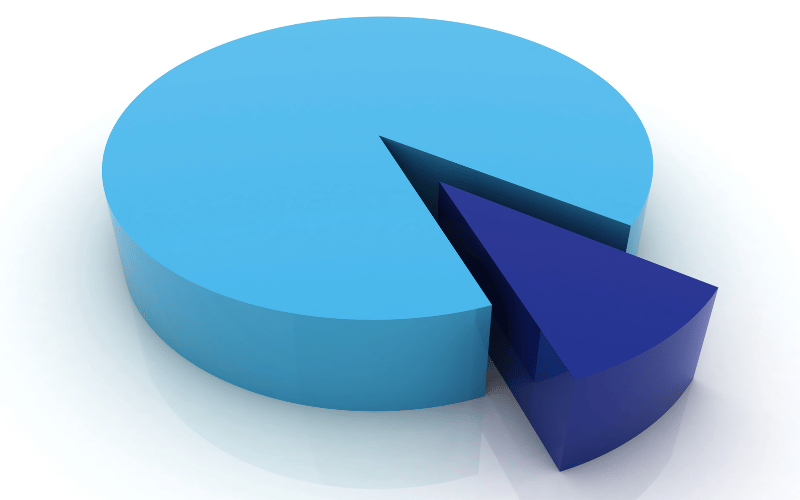3. Gender Dynamics in Sjögren’s Syndrome: The Predominant Impact on Women

It’s a curious fact that Sjögren’s syndrome shows a clear gender preference. Women are the primary targets, accounting for a staggering 80% of cases. But what’s even more intriguing is the why behind this statistic. Is it hormonal differences, genetic predispositions, or some unknown factor that makes women more susceptible?
Researchers, over the years, have postulated various theories. Hormonal changes, especially those related to estrogen, might play a part. Estrogen, as we know, influences immune system function. Therefore, any fluctuations in its levels could potentially trigger or exacerbate autoimmune conditions like Sjögren’s syndrome.
Then there’s the genetic angle. While the condition isn’t directly inheritable, there seems to be a pattern. Women with family members having Sjögren’s syndrome or other autoimmune disorders might be at a slightly elevated risk. This genetic link, although not definitive, provides an intriguing pathway for future research.
Environmental factors might also come into play. Exposure to specific viral or bacterial infections could act as triggers in genetically predisposed individuals. The interplay of these factors paints a picture of a condition influenced by a myriad of factors, each adding its unique touch.
The overwhelming prevalence in women brings with it unique challenges, especially in areas of diagnosis and management. Recognizing these gender dynamics is essential, not just from a research standpoint but from a broader perspective of understanding and empathy. (3)